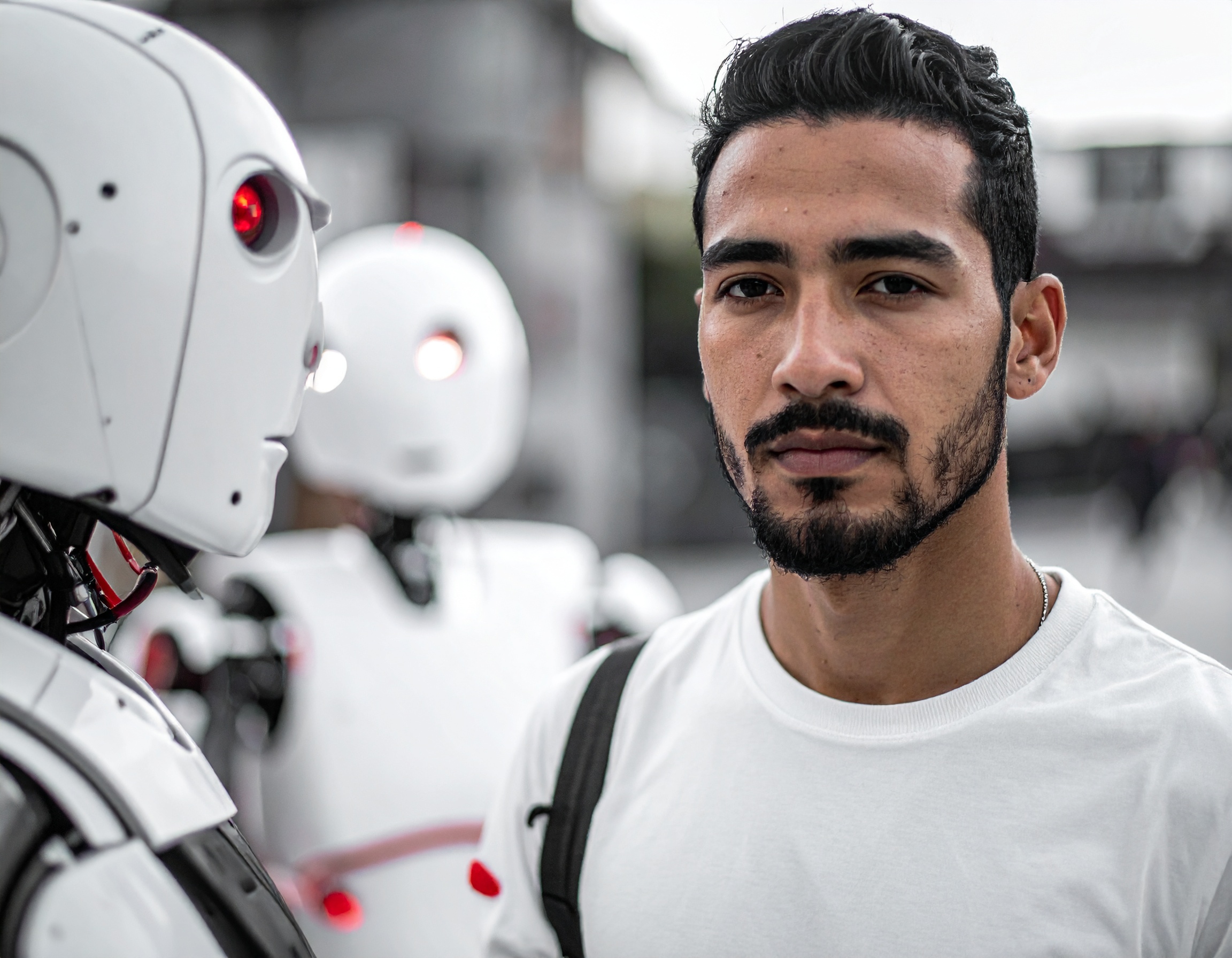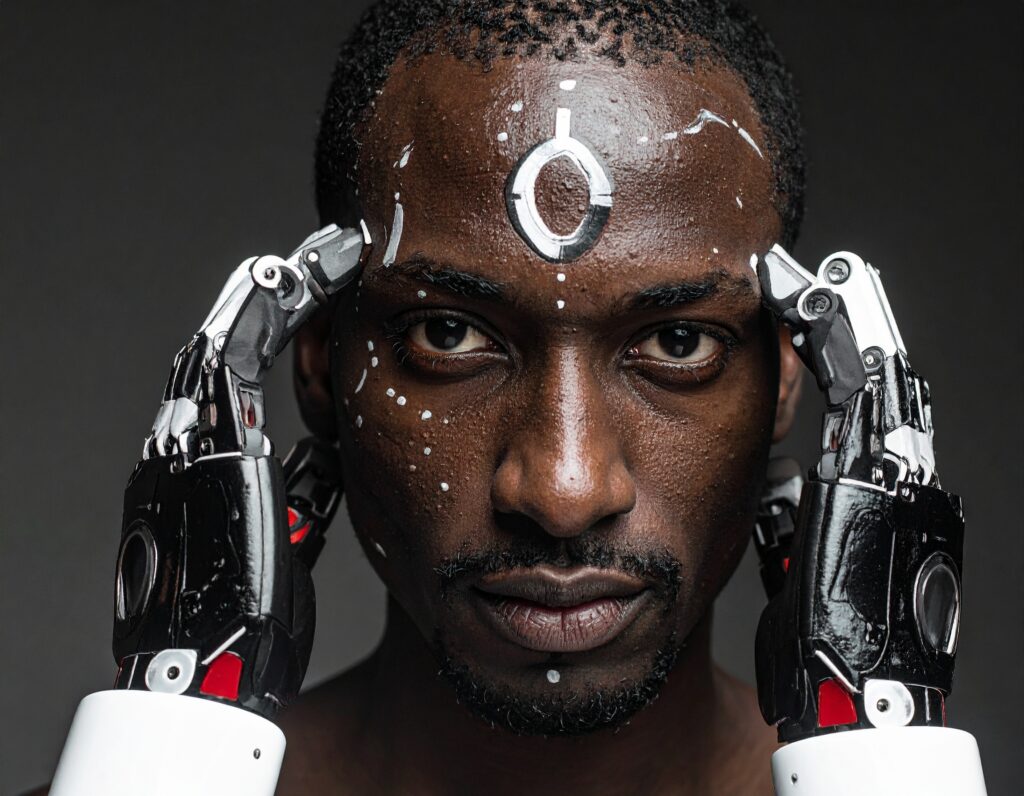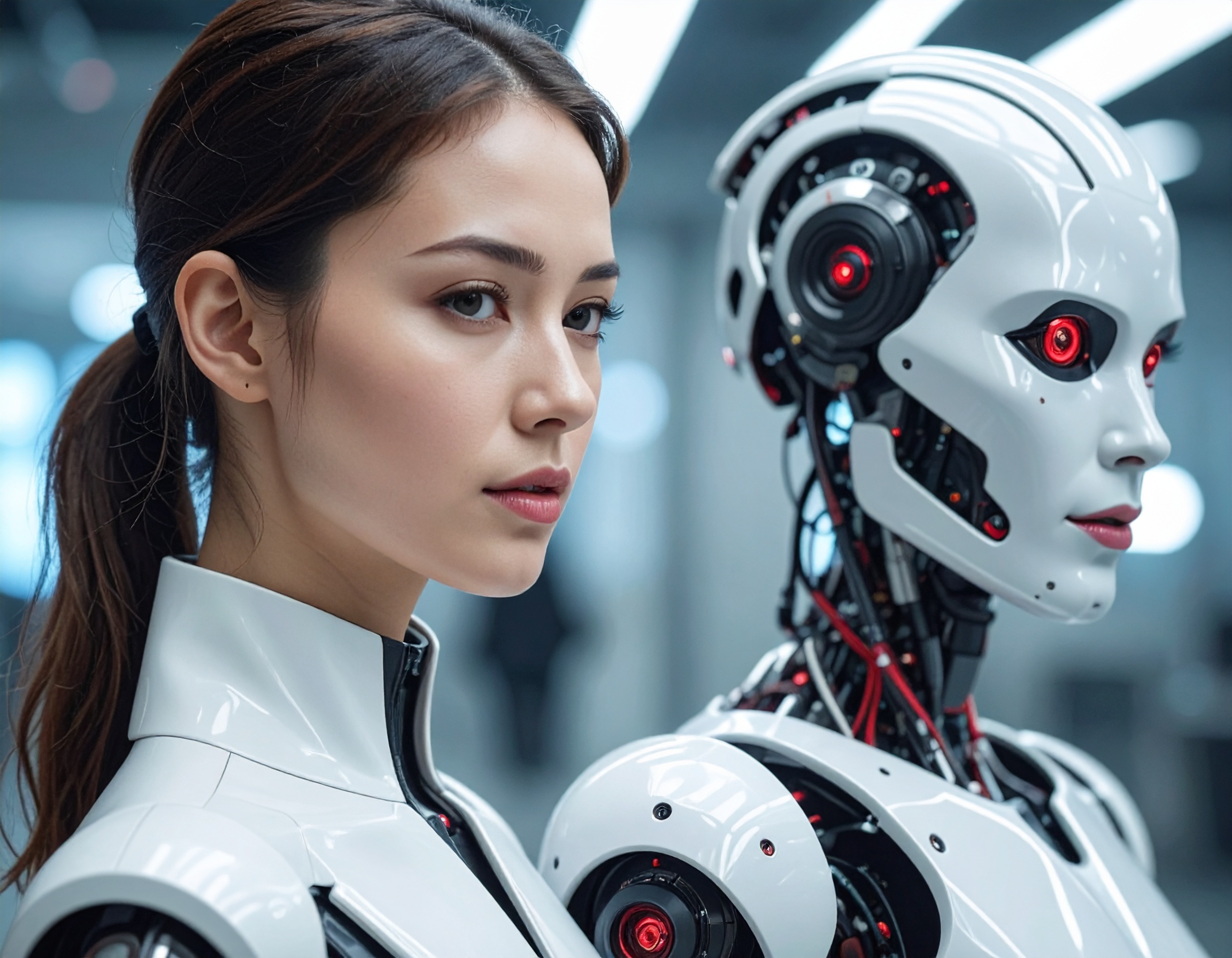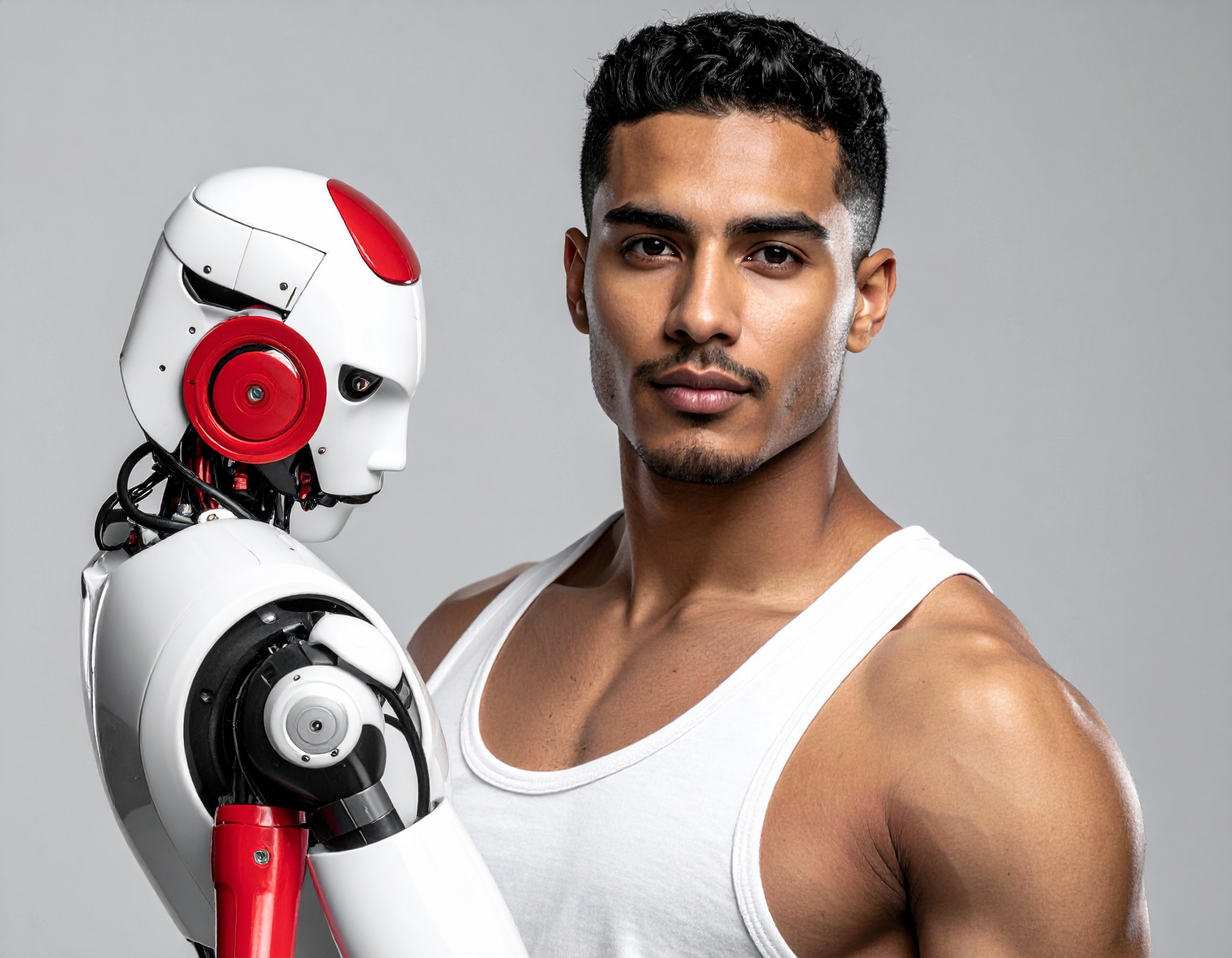Tesla’s Bold Bet on Non-Human Workers: Why Musk Thinks Robots Are the Company’s Future

A Shift from Electric Cars to AI Employees
On 24 November 2025, The Observer reported that Elon Musk declared Tesla’s future is not rooted in electric vehicles, but in robotics — specifically, humanoid robots called Optimus. Speaking at a recent investor event, Musk forecasted production could reach 100 million units annually, or even more, and suggested that Optimus could one day be as common as household appliances.
He argued these AI employees could help achieve grand goals: “eliminating poverty, giving everyone amazing medical care,” even acting as caregivers or security agents.
Ambitious Targeting, but Skepticism Lingers
Musk sees Optimus as a mass-market product, with a proposed price tag around $20,000, aimed at everyone from factories to homes. However, the board’s official target is more modest — one million robots sold in the next decade.
Experts are divided. Some praise Tesla for expanding imagination in robotics; others warn Musk’s timeline and scale are overly optimistic, given production challenges and past overpromises.

The Vision: Non-Human Workers for All
Musk’s vision for Optimus extends far beyond factories. He floated dystopian-sounding ideas such as using robots to follow criminals, reducing the need for prisons, and even protecting people in real time. There’s also speculation about uploading human consciousness into robots via Neuralink, which would reshape ideas about life and work.
But critics worry — many of the current prototypes lack dexterous hands or real autonomy, and some see his “million-robot” target as more showmanship than substance.
What’s at Stake — and Why It Matters
If Musk’s bet pays off, Tesla could pivot from being just an automaker into a leading robotics company, with Optimus contributing a huge part of its market value. In fact, he has claimed these robots could make up to 80% of Tesla’s future value.
This is important not just for Tesla, but for the wider future of work: voice AI agents and other non-human workers could redefine labor, wages, and even human purpose. Yet the path is uncertain — technical, regulatory, and ethical challenges remain.
Key Highlights:
- On 24 Nov 2025, Musk announced Tesla is aiming for mass production of Optimus humanoid robots.
- He forecasts 100 million robots per year, while Tesla’s board requires 1 million sales in the next decade.
- Target price for Optimus: ~$20,000, aimed at consumers, industry, and households.
- Potential use cases range from factory work to crime prevention — even following convicted criminals.
- Some propose uploading human minds into robots via Neuralink.
- Skeptics point to past failed promises and technical shortfalls; some worry about overhyping the project.
- Musk claims 80% of Tesla’s future value could come from these non-human workers.
Reference:
https://observer.co.uk/news/business/article/musk-says-teslas-future-lies-in-robots


